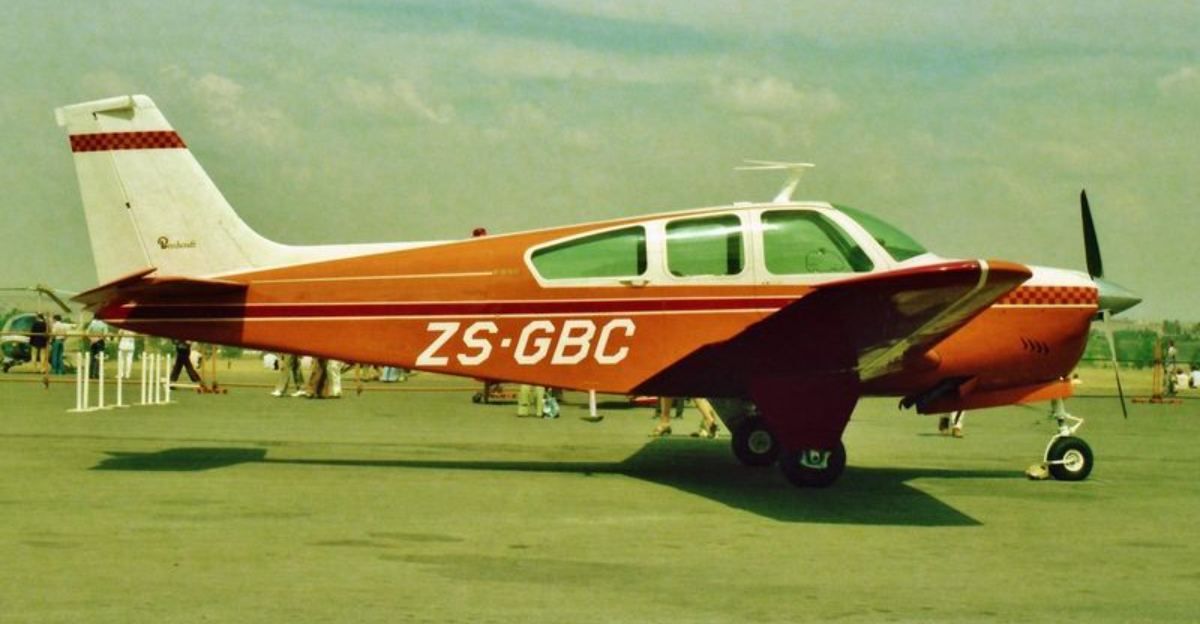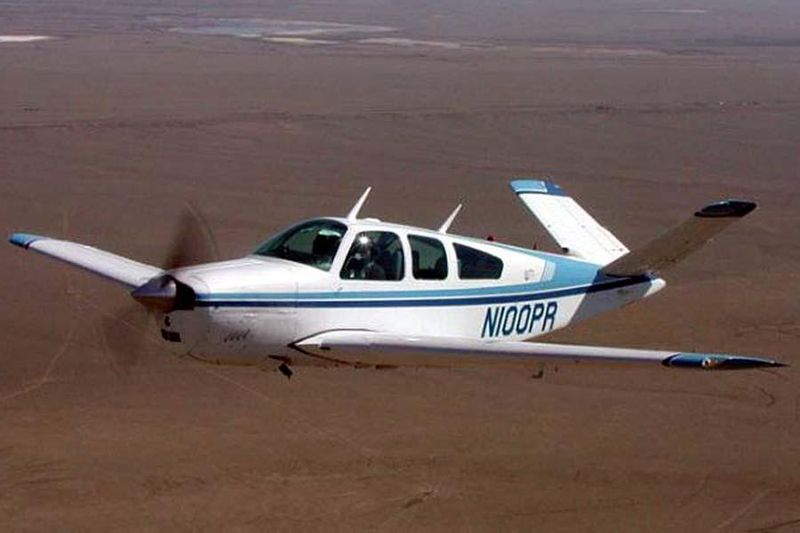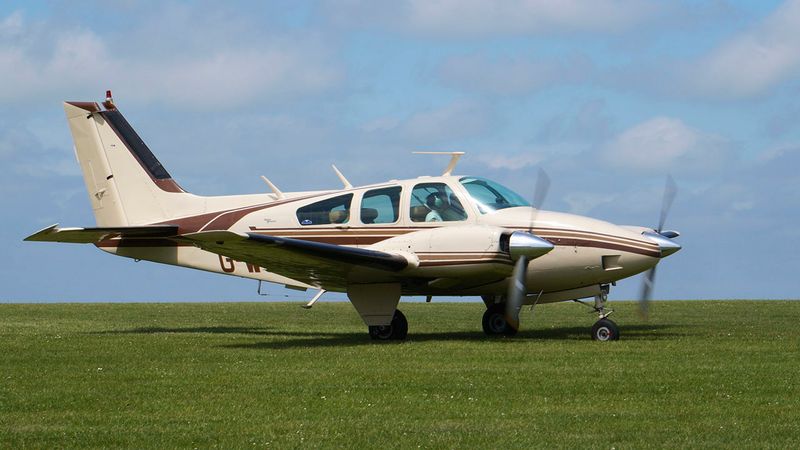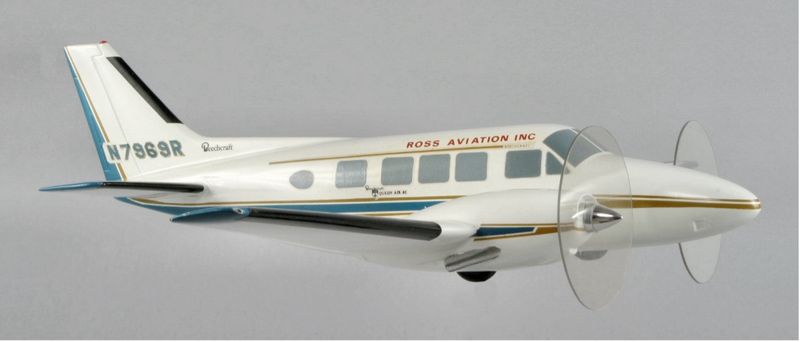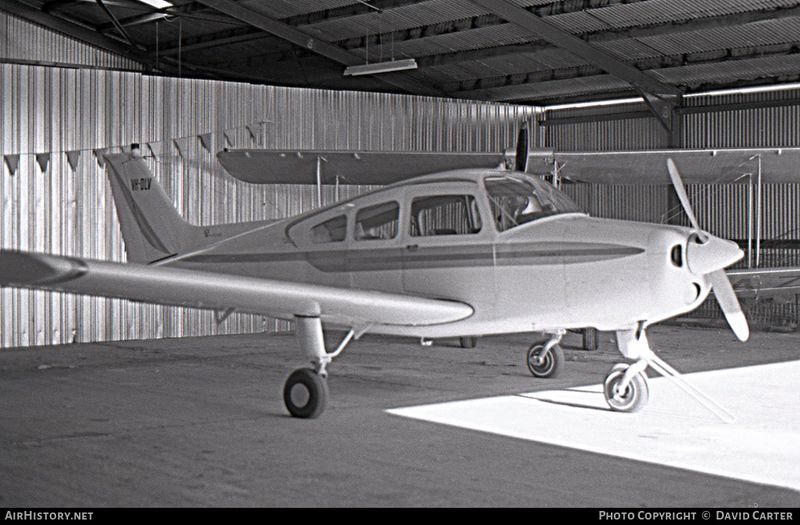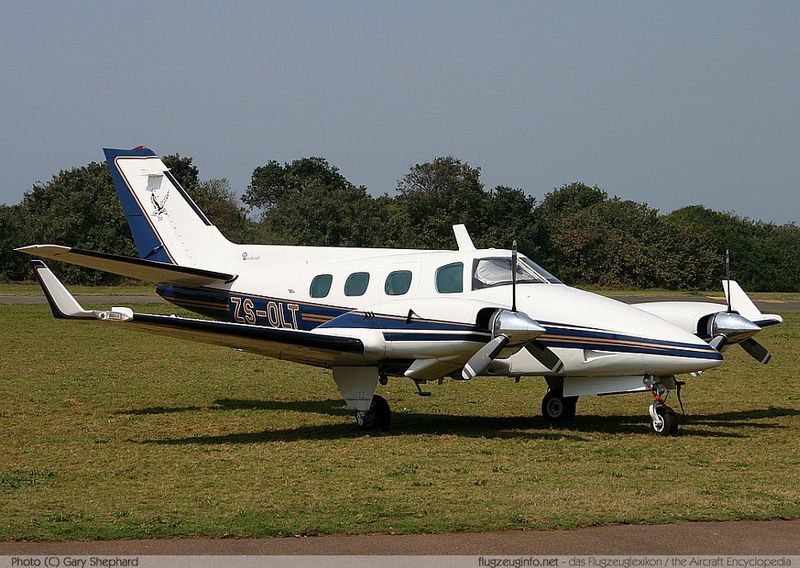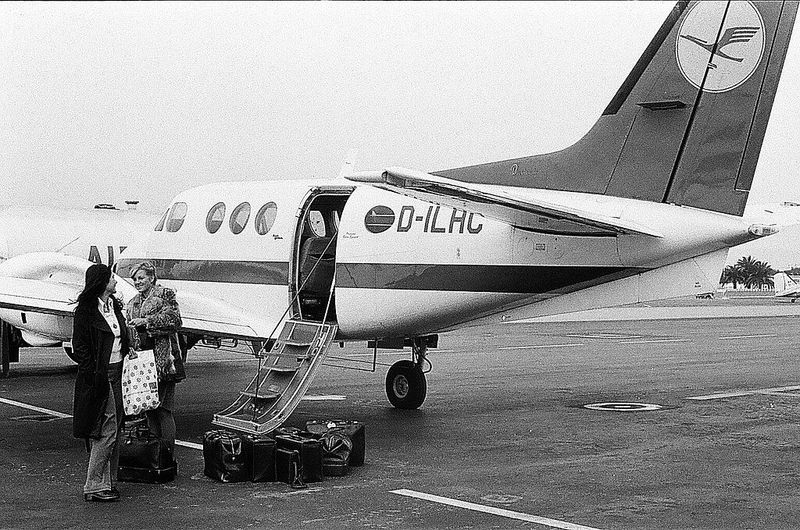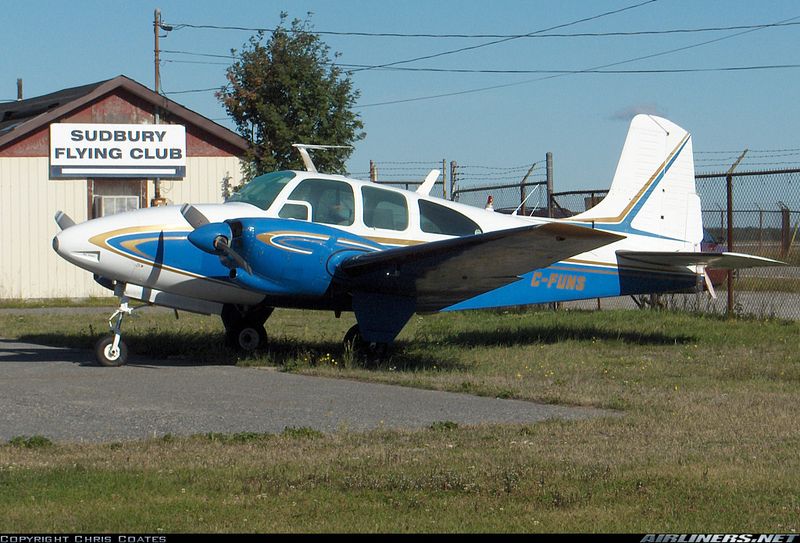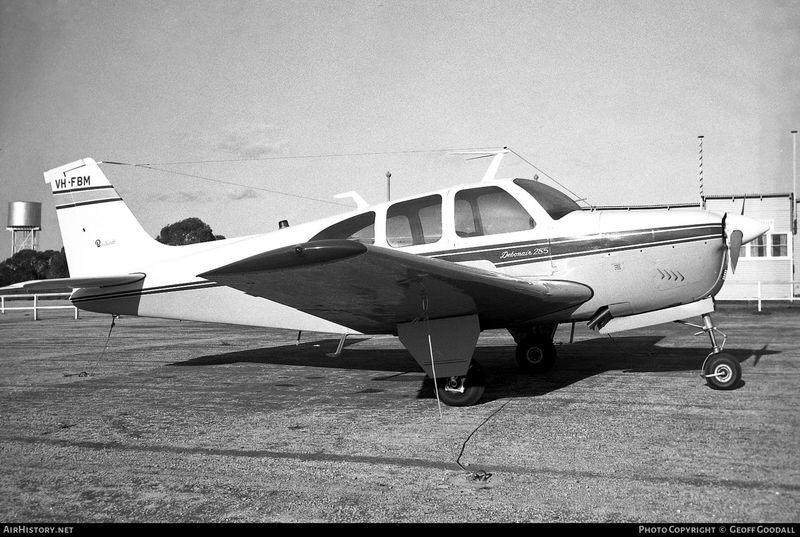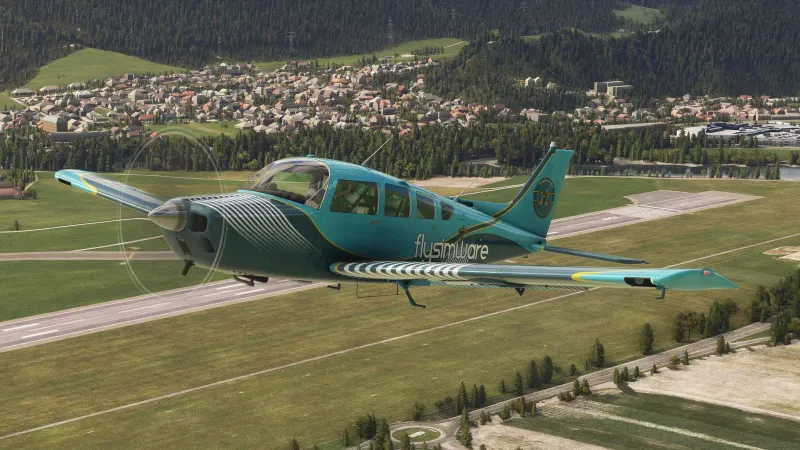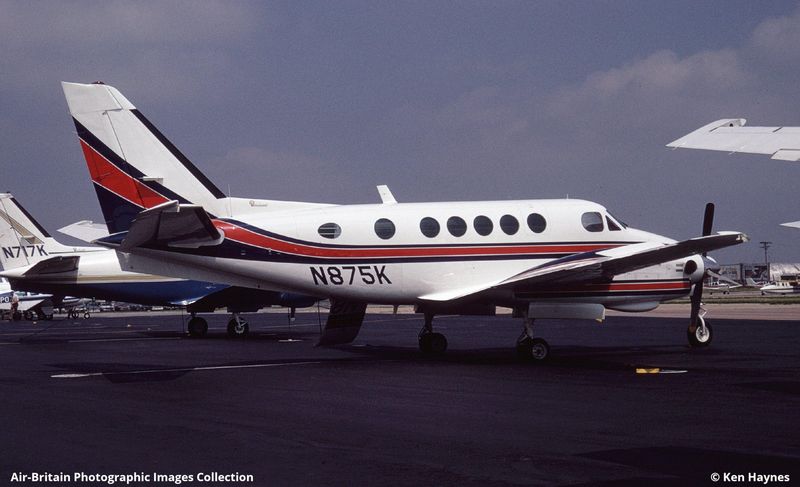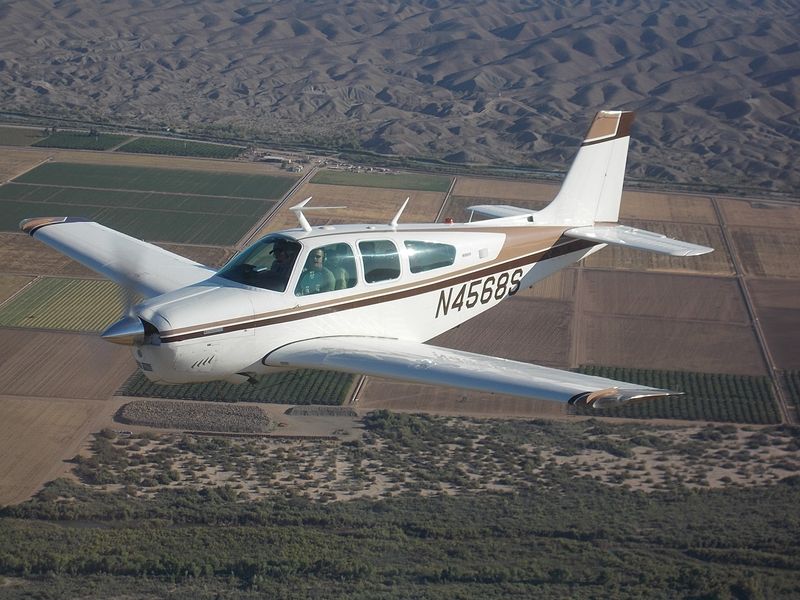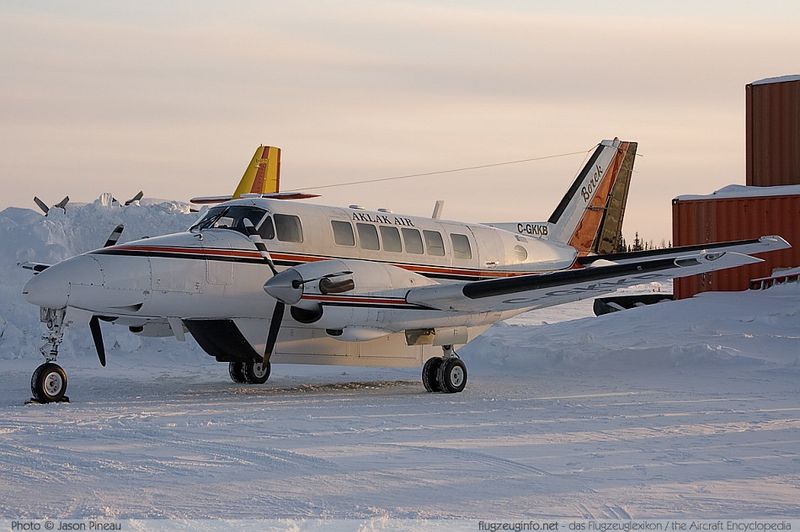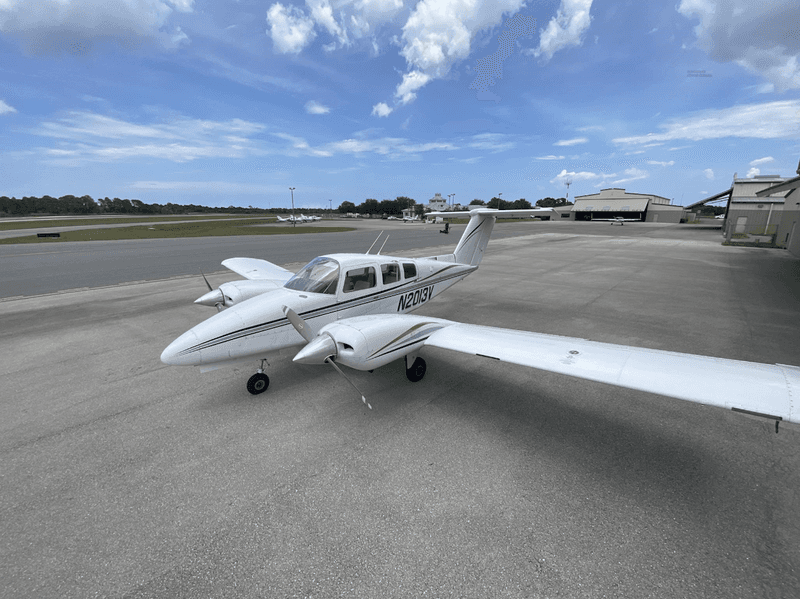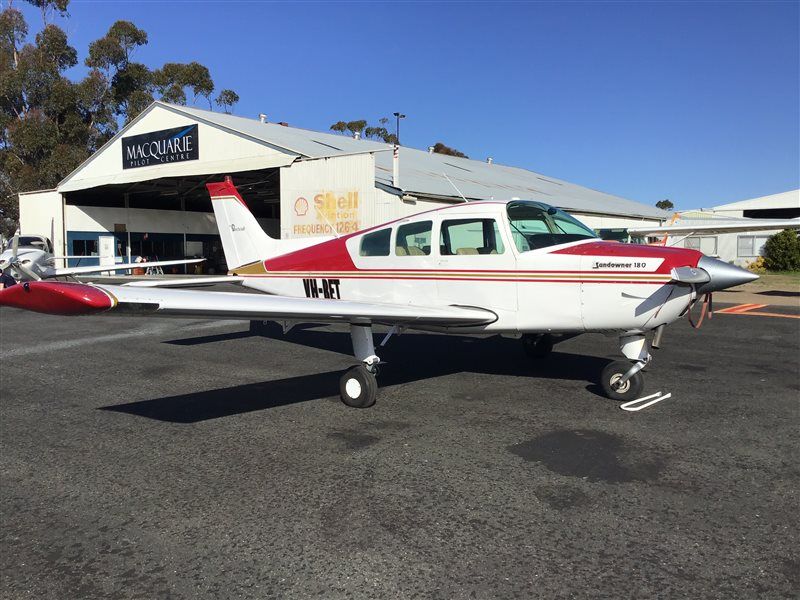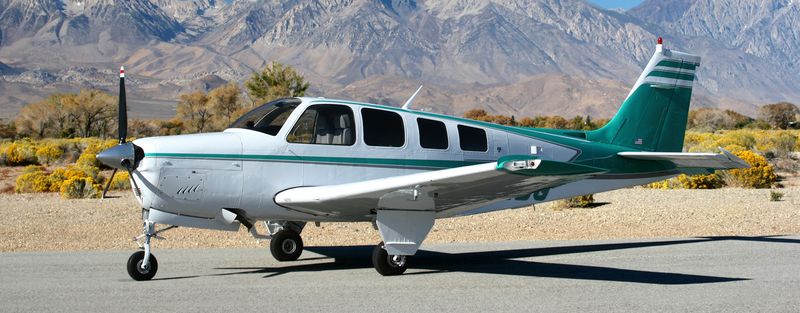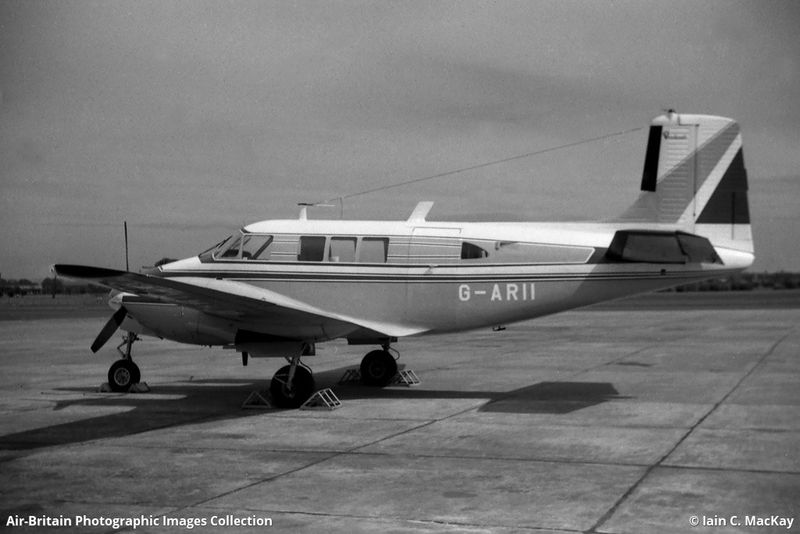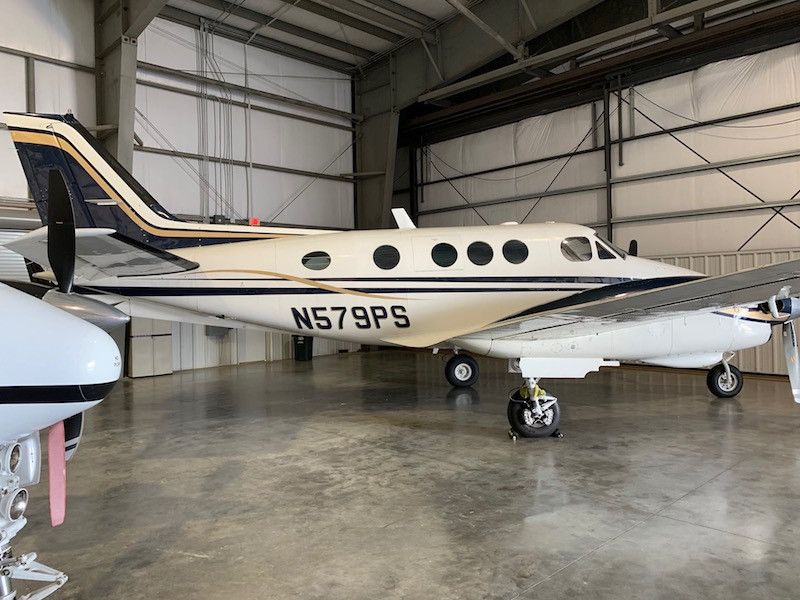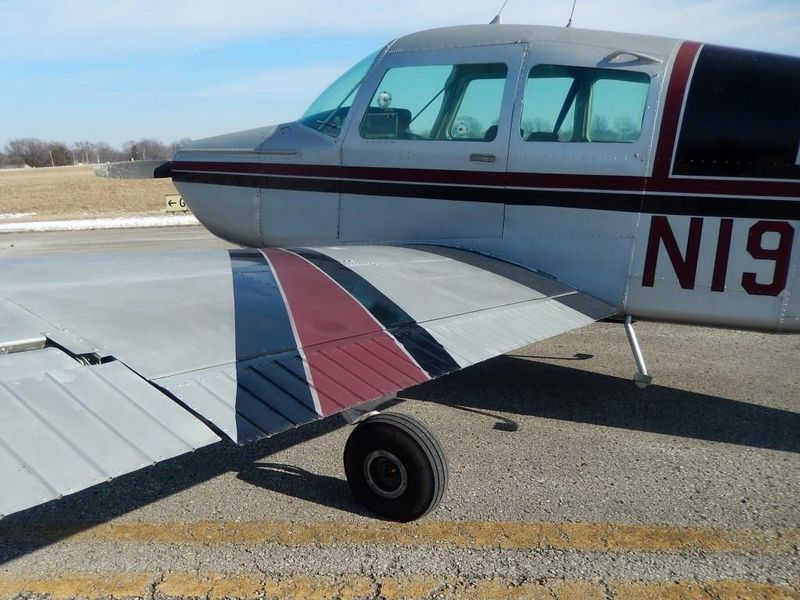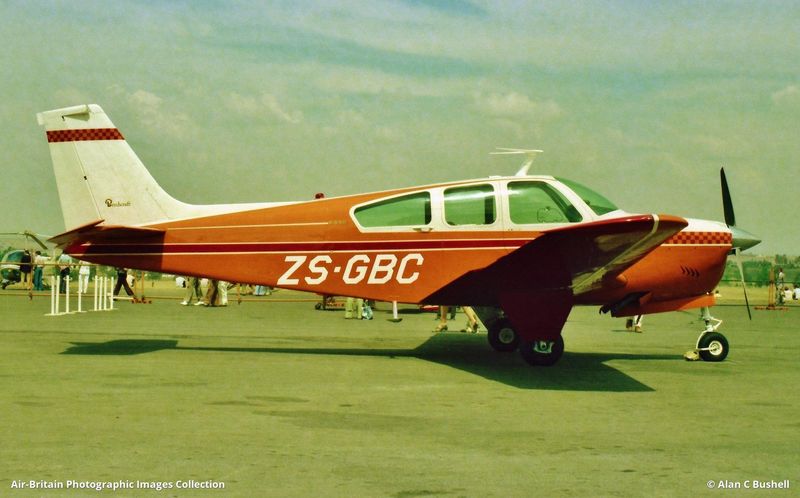Beechcraft earned a legendary reputation in the 1960s and ’70s with its sleek, high-performing aircraft. Whether spotted at airshows or preserved in hangars, these vintage planes continue to captivate aviation lovers with their craftsmanship and iconic designs. Here are 20 Beechcraft classics that still make aviation fans stop and stare.
1. Beechcraft Bonanza V35B (1970)
The Beechcraft Bonanza V35B is famous for its unmistakable V-tail design. This aircraft not only offers smooth handling but also comes with luxurious appointments that set it apart. Pilots and aviation enthusiasts alike have admired its reliability and performance.
In the 1970s, it was synonymous with personal elegance in flying. Its single-engine capability and comfortable interior made it a pioneer in its class. Even today, the Bonanza V35B continues to be celebrated as one of the most beloved single-engine planes ever built. It’s a delightful blend of innovation and class.
2. Beechcraft Baron 58 (Introduced 1969)
The Beechcraft Baron 58, introduced in 1969, is a twin-engine powerhouse known for its business-class comfort and remarkable performance. This aircraft offers six seats, making it ideal for both business and leisure travel.
Its enduring popularity among pilots is a testament to its reliability and powerful engines. With a sleek design and substantial range, the Baron 58 has become a staple in the aviation community. It remains a symbol of luxury and efficiency, capturing the hearts of many who have flown it.
3. Beechcraft Queen Air 80 (1965)
Known for its spacious cabin and robust twin-engine performance, the Beechcraft Queen Air 80 became a favorite for corporate and charter use. Introduced in 1965, it offered unparalleled comfort and reliability for its time.
The Queen Air 80’s enduring appeal lies in its ability to combine luxury with practicality. Passengers enjoyed a smooth and comfortable flight experience, making it a preferred choice for corporate executives. Its legacy as a reliable and stylish aircraft continues to captivate aviation enthusiasts.
4. Beechcraft Musketeer Super III (Model B24R, 1970)
The Beechcraft Musketeer Super III, Model B24R, introduced in 1970, stands out with its retractable gear and reliable performance. This four-seat trainer and cruiser became a favorite among flight schools for its practical design.
Its balance of efficiency and comfort made it an excellent choice for training and personal use. Pilots appreciated its straightforward handling and dependable systems. Even today, the Musketeer Super III is remembered for its role in shaping flight training practices.
5. Beechcraft Duke B60 (1974)
Blending power and luxury, the Beechcraft Duke B60, introduced in 1974, featured pressurization and turbocharging. Its stylish profile and performance wowed plane enthusiasts.
The Duke B60 was a symbol of sophistication, combining advanced technology with pilot comfort. Its pressurized cabin allowed for high-altitude travel in style. The turbocharged engines provided exceptional speed and range, making it a sought-after model for those who valued both performance and aesthetics.
6. Beechcraft King Air 90 (1964)
The Beechcraft King Air 90, launched in 1964, is the aircraft that started an empire. Known for its unmatched turboprop excellence, it continues to be a cornerstone of reliability.
The King Air 90’s design revolutionized the aviation industry with its combination of performance and comfort. Its reputation for dependability and efficiency has solidified its status as a legendary aircraft. Many still consider it the gold standard in turboprop aviation.
7. Beechcraft Travel Air (D95A, 1968)
The Beechcraft Travel Air D95A, introduced in 1968, is a twin-engine evolution of the Bonanza. It became a popular step-up aircraft for pilots transitioning to multi-engine flying.
Its design provided a smooth transition from single to multi-engine planes, offering both stability and performance. Instructors and students alike praised the Travel Air for its handling and reliability, making it a mainstay in flight training programs.
8. Beechcraft T-34 Mentor (Military trainer, civilian versions in 1960s)
Originally a military trainer, the Beechcraft T-34 Mentor found its way into civilian aviation during the 1960s. Its agility and clean design made it a favorite among collectors.
The Mentor’s history as a training aircraft added to its allure, showcasing versatility and precision. Aviation enthusiasts appreciated its performance and handling, making it a sought-after piece for private collections. Its legacy endures as both a military and civilian icon.
9. Beechcraft Debonair (Model C33A, 1968)
The Beechcraft Debonair, Model C33A, introduced in 1968, is often seen as a “budget Bonanza” offering similar performance and sleek looks. It provided a more accessible entry point into Beechcraft quality.
Pilots admired its straightforward design and dependable performance. The Debonair retained much of the elegance and power found in its more famous sibling, but with a focus on affordability. Its spacious cabin and reliable engines made it a popular choice for many aviators.
10. Beechcraft Sierra C24R (1974)
Introduced in 1974, the Beechcraft Sierra C24R brought retractable landing gear and a more advanced design to the Musketeer line. It was perfect for advanced flight training and personal touring.
The Sierra C24R’s design offered increased aerodynamics and efficiency. Pilots valued its advanced features and comfortable cabin. It became a symbol of progress within the Musketeer family, proving its worth in various flying disciplines.
11. Beechcraft King Air 100 (1972)
The Beechcraft King Air 100, introduced in 1972, offered more space and power than its predecessor. It kept the King Air family flying higher, both literally and figuratively.
This model expanded the boundaries of the King Air line, providing enhanced comfort and performance. Pilots and passengers enjoyed its spacious cabin and reliable engines. The King Air 100 remains a testament to Beechcraft’s commitment to innovation and excellence.
12. Beechcraft Bonanza F33A (Introduced 1970)
The Beechcraft Bonanza F33A, introduced in 1970, is a straight-tail variant of the Bonanza. It maintained the performance and class of the V-tail with a more conventional design.
Pilots appreciated its stability and handling. The F33A offered a balance of tradition and innovation, capturing the essence of the Bonanza line. Its timeless appeal continues to attract aviation enthusiasts who value elegance and performance.
13. Beechcraft Model 99 Airliner (1966)
The Beechcraft Model 99 Airliner, introduced in 1966, brought Beechcraft reliability into short-haul regional airline service. Its design catered to commuter needs.
Pilots and passengers valued its dependability and efficiency. Many Model 99s are still operating today in freight and charter roles, a testament to their enduring appeal. Its role in regional aviation history remains significant.
14. Beechcraft Model 76 Duchess (Late 1970s)
The Beechcraft Model 76 Duchess, introduced in the late 1970s, helped thousands of pilots earn their multi-engine ratings. Its trainer-friendly twin design was both stylish and efficient.
Flight instructors and students appreciated its handling and performance. The Duchess’ balance of style and functionality made it a popular choice for flight schools. Its legacy as a dependable training aircraft continues to influence aviation education.
15. Beechcraft Model 23 Sundowner (1972)
The Beechcraft Model 23 Sundowner, introduced in 1972, was ideal for beginners and budget-conscious owners. Its simple, stable design was surprisingly stylish.
Pilots enjoyed its user-friendly controls and performance. The Sundowner offered an accessible entry into aviation, balancing practicality with charm. Its legacy continues as a beloved model for novice pilots and seasoned enthusiasts alike.
16. Beechcraft Bonanza A36 (1970)
The Beechcraft Bonanza A36, introduced in 1970, featured club seating and a longer range, making it a true cross-country performer. It remains popular in private ownership.
Pilots admired its comfort and capability. The A36’s design catered to long-distance travel, offering both luxury and efficiency. Its enduring appeal is a testament to Beechcraft’s commitment to quality and innovation.
17. Beechcraft Queen Air A65 (1961–1971)
The Beechcraft Queen Air A65, produced from 1961 to 1971, offered big-plane comfort in a small-plane package. It bridged the gap between the Baron and the early King Airs.
Pilots and passengers valued its spacious cabin and dependable performance. The A65’s design combined luxury with practicality, making it a versatile choice for various flying needs. Its legacy continues to inspire aviation enthusiasts.
18. Beechcraft King Air B90 (1971)
The Beechcraft King Air B90, introduced in 1971, was an upgraded version of the original King Air 90. It improved avionics and systems, solidifying the King Air’s dominance.
Pilots appreciated its advanced features and reliable performance. The B90’s design represented progress within the King Air line, offering enhanced capabilities for various flying missions. Its legacy as a leading turboprop continues to thrive.
19. Beechcraft Musketeer Sport III (1973)
Sporty and efficient, the Beechcraft Musketeer Sport III, introduced in 1973, balanced fun flying with practical training and family trips. Pilots enjoyed its responsive handling and reliability.
The Sport III’s design catered to both leisure and instructional needs. Families and flight schools alike valued its versatility and comfort. Its legacy continues as a beloved model for various aviation enthusiasts.
20. Beechcraft Bonanza E33C (1972)
Certified for aerobatics, the Beechcraft Bonanza E33C, introduced in 1972, added excitement to the legendary line with a strengthened airframe and bold performance.
Pilots appreciated its agility and thrill. The E33C offered a unique flying experience, combining traditional Bonanza elegance with aerobatic capability. Its enduring appeal lies in its ability to inspire both novice and experienced aviators alike.
